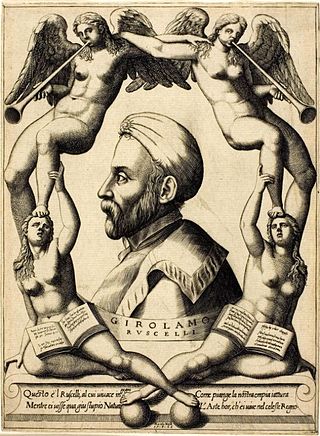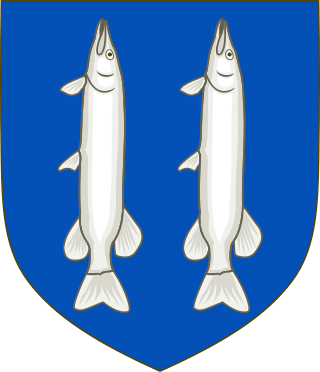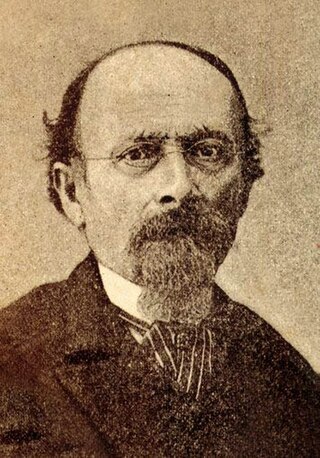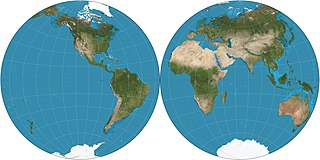Biography
Early life
Giovan Battista Nicolosi was born in Paternò,on October 14,1610,of poor parents. He was the second child in a family of ten siblings. [1]
In 1640 Nicolosi moved to Rome, [6] where he devoted himself to the study of mathematics and geography and quickly gained favor with the city's most powerful families. [1] In 1642,he published his Teorica del Globo Terrestre ("Theory of the Terrestrial Globe"),a small geographical treatise in which he adopts the tripartite division of the subject into mathematical,physical,and political geography,usually credited to Varenius. Although in his unpublished works he showed leanings towards the new views of Copernicus,he does not here venture to break away from the Ptolemaic system,no doubt owing to his character as a devout son of the Church.
Career

The Theory of the Terrestrial Globe brought Nicolosi to the attention of broader scientific circles and earned him the Chair in Geography at Sapienza University of Rome. In late 1645,Nicolosi travelled to Germany at the invitation of Ferdinand Maximilian,margrave of Baden,where he remained until 1647. [7] In 1647 he returned to Rome,and was appointed chaplain at Santa Maria Maggiore. [1] In 1652,possibly motivated by Nicolas Sanson's new collection of maps,the Sacred Congregation for the Propagation of the Faith (Propaganda Fide) hired Nicolosi to compose a new atlas. After twelve years of study and research,he published the Dell’Hercole e studio geografico,in two volumes with maps and directions for making maps and globes. [5] The first volume was principally occupied with a detailed description of the countries of the world,while the second formed an atlas of twenty-two newly devised maps —two of the hemispheres,and four devoted to each of the five continents. In this atlas Nicolosi was the first to employ the so-called polyconic or pseudo-perspective projection on a printed map. [8] This projection technique was suggested in the eleventh century by the Persian mathematician al-Bīrūnī. [9] Nicolosi reinvented al-Bīrūnī's projection as a modification of Fournier's first projection. It is unlikely Nicolosi knew of al-Bīrūnī's work,and Nicolosi's name is the one usually associated with the projection. [10] This became a standard method of showing the two hemispheres of Earth during the nineteenth century after the equatorial stereographic projection popularized by Gerardus Mercator finally fell into disuse. [10]
Nicolosi also undertook for Pope Alexander VII and the Emperor Leopold I the mapping of the States of the Church and the Kingdom of Naples,besides making five large maps for Prince Borghese. [1] Nicolosi's last published work is Guida allo studio geografico ("Guide to geographic study"),a small treatise designed to supplement and explain the other two. He died in Rome on January 19,1670. [1]
























